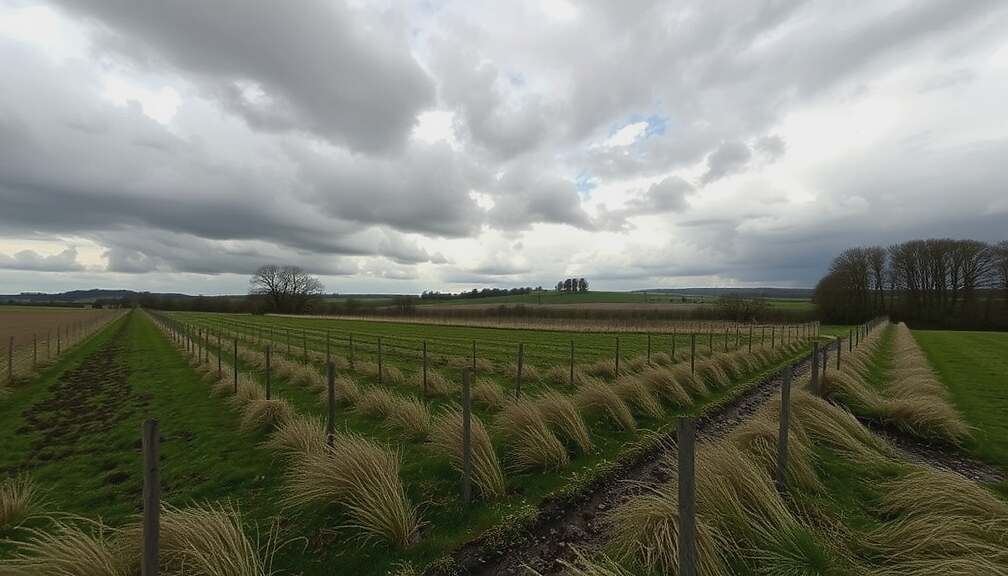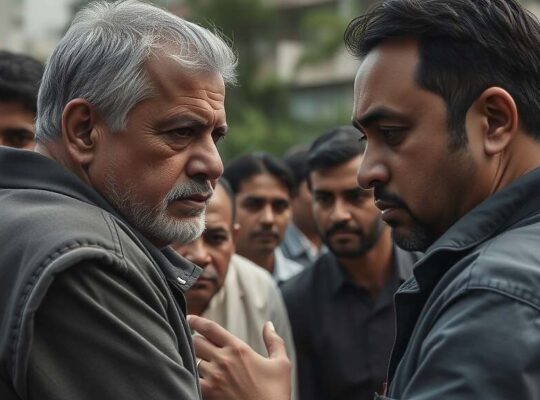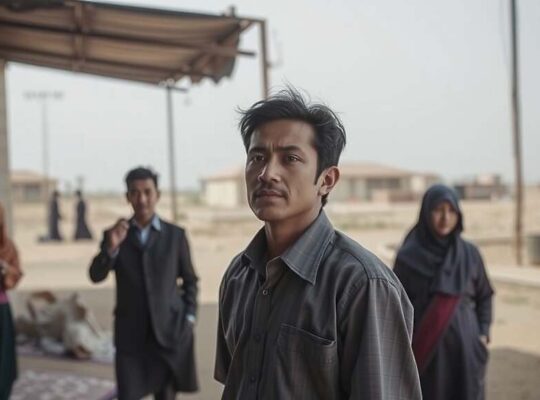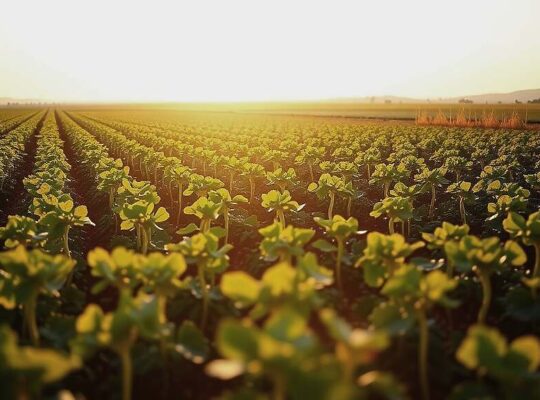The Friedrich Loeffler Institute (FLI), Germany’s leading center for animal diseases, is projecting a potentially devastating escalation in avian influenza control measures, warning of the likely culling of hundreds of thousands of birds in the coming weeks. Speaking to the Redaktionsnetzwerk Deutschland, FLI Vice President and virologist Martin Beer emphasized the already significant toll taken by the ongoing outbreak, suggesting the current response is merely a harbinger of what’s to come.
The rapid and geographically widespread nature of the current avian influenza strain, specifically H5N1, is raising serious concerns. Over the past three weeks, approximately 20 poultry farms across Germany have been affected – a rate Beer described as “unusually high” for such a short timeframe. This acceleration is compounded by the virus’s pervasive reach across Europe, with outbreaks reported from Denmark and the Baltic states down to Italy and Spain.
While authorities are working at capacity to contain the spread, the potential for secondary outbreaks – the transmission of the virus between poultry farms – presents a particularly grim prospect. Such a scenario could trigger a sharp and dramatic increase in infection rates, necessitating even more extensive culling operations.
Beyond the immediate economic impact on affected farmers, the situation raises critical questions about the efficacy of current preventative measures. The ease with which the virus is spread – predominantly through bird droppings contaminating shoes, clothing and vehicles – underscores the need for a reevaluation of biosecurity protocols on farms and within the wider community.
Public health officials are urgently advising against public interaction with deceased wild birds, particularly the observed deaths of cranes, which are highly likely to be infected with the H5N1 virus. While the risk to humans remains low, the potential for unwitting transmission emphasizes the importance of reporting findings to veterinary authorities via telephone rather than attempting to physically transport the carcasses. This directive highlights a paradoxical challenge: minimizing human contact while grappling with a crisis that demands decisive and often disruptive, action. Ultimately, the ongoing situation demands not only a robust response to the immediate threat, but also a critical examination of long-term strategies to mitigate the risk of future avian influenza pandemics.











